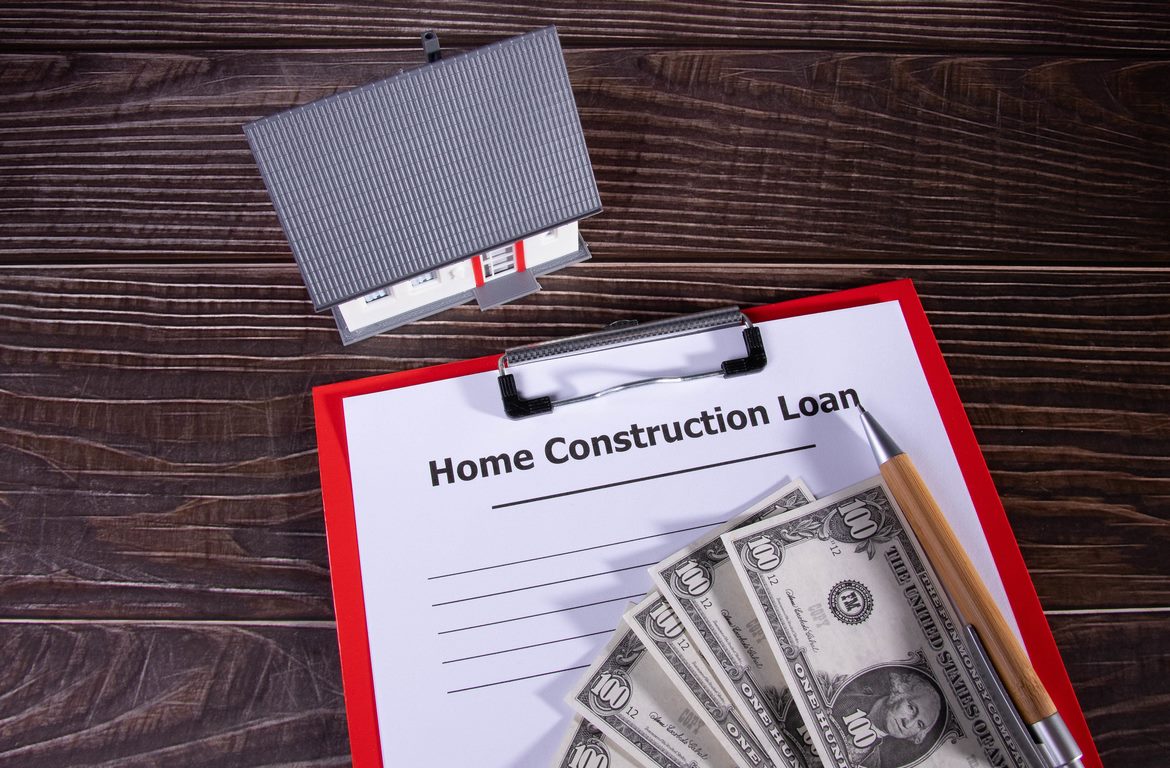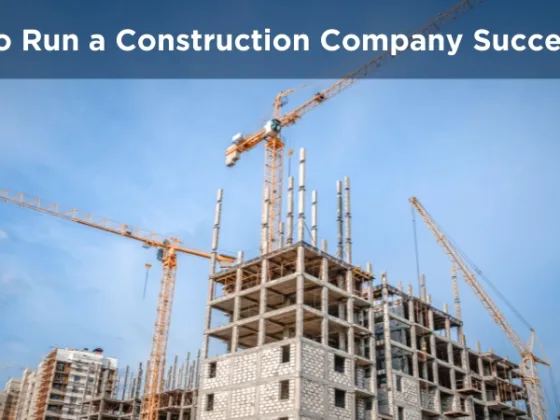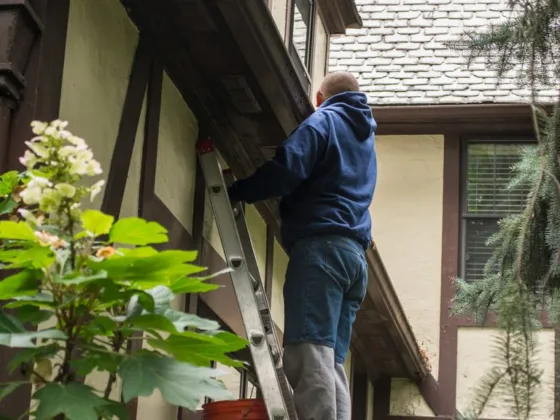Many people dream of building their perfect home from the ground up.
Sometimes, a person finds an empty lot in a wonderful location and in their mind envision their ideal home situated in that very spot.
Planning and erecting your dream home can be an experience that is as much exciting as it is overwhelming.
Many people struggle to even determine where to begin with the project of constructing the house of their dreams. On top of that, to buy the lot, design, and build such a house requires a substantial investment.
Because of the vastness of such an investment, most people cannot manage anything of this scope without a construction loan.

What is a Construction Loan?
You start making payments only on the amount of the loan used while it is being built. That is the essence of a construction loan. It allows for the home to be paid for while it is being built.
Once the project is fully completed, the loan converts to a traditional purchase loan. The construction loan, however, is useful on multiple fronts to those building it from the ground up. A few advantages include:
- Using its funds to build your home on a vacant property.
- Complete the construction of a home that is already partially built.
- Purchase and renovation of the property that has been foreclosed.
- The remodel of an already existing home.
- A remodeling project of a purchased fixer-upper.
The Structure of a Construction Loan
The construction loan encompasses the coverage of funds needed for four primary elements including:
- Settling any liens tied to the property
- Construction costs
- The funding of interest and contingency reserves
The terms and rates of a construction loan amount are determined before the loan is yielded, but the structure of the loan breaks up into two main parts: the period during the home’s construction and the permanent loans that subsequently follow.
The construction portion of the project can be 12 months long. The full scope of the loan will be determined before the project, as will the interest that will wholly be charged for it.
During the construction period, the payments are applied exclusively to the interest and can be relegated to a special account set to collect interest reserves, alleviating the need for actual monthly payments to be made by the borrower.
The payments for the construction itself have also been negotiated ahead of time, with a payment schedule set up at the onset of the project.
The payments are then made to the construction team and sub-contractors for materials and the labor hours during the construction’s progress.
These payments are made in arrears. Additionally, the lender will apply additional charges for inspections, if the construction exceeds 12 months, as well as any updates of the property’s title and its disbursement. Because these fees can add up, keeping draws to a minimum is critical.
Upon completion of the construction period, the loan becomes a traditional loan that can be paid over a certain period of years with the principle and the interest divided among the particular pay periods (the loan terms are generally 30 or 15 years at a fixed rate).
Read Also:
Construction Loan Calculation
When a home is purchased or refinanced, the calculation of the new loan amount is simple to calculate as it is just a loan to value calculation.
But a construction loan must apply loan to value, alongside loan to cost considerations. To calculate the loan amount, use this construction loan calculator.
How to Qualify for a Construction to Permanent Loan
Unlike a traditional loan, a construction to permanent loan process involves the borrower, as well as the home’s builder and the constitution manager tied to the project. The process of putting this loan together typically involves:
Qualified Builder
Lenders seek to look out for their own interests as well as the borrower. That means their conditions of lending will be contingent upon a qualified, licensed, insured, and reputable general contractor.
Some borrowers wish to assume the role of a general contractor, but the lender will likely insist that the loan terms include oversight by a licensed contractor regardless.
Detailed Specs
The home’s builders will need to provide the lender with a “blue book” itemized breakdown of the project.
The lender will then investigate an array of aspects of the construction project including floor plans, local ordinances, geological surveys, as well as CC & Rs.
All of this information is compiled, processed, and accessed before the loan terms are drawn up to assure that the house will pass all necessary inspections by being built up to the contemporary building codes.
Appraisal
Since there is no physical property to conduct an appraisal on seeing as the home has not yet been built, lenders will hire appraisers to access what the Future Value of the property will be using design specifications and blueprints.
The appraisers use this information to come up with a value number of the entire project from start to finish and the final property, with those values getting put together to constitute a loan.
Down Payment
With a construction loan, the lender is assuming significantly more risk than with a traditional one, which results in the demanded downpayment typically being larger.
Commonly, the lender will ask for 25% upfront, but some more lenient lenders could provide options that require less.
Income
Lenders will use the borrower’s income information to calculate the debt ratio to assure that with all the other bills and payments that the borrower owes to know if they will be able to make the payments on their current estate as well as the necessary payments to the construction project.
Credit
Lenders have to consider what happens if the project does not go to completion as well. They do this by closely scrutinizing a borrower’s credit to assure that they will have sufficient collateral should such a situation arise.
Cash Reserves
Unforeseen circumstances and disbursement delays are also considered. In the case of something like this coming up, it’s important to the lender that the borrower has cash on hand to make payments.
Final Thought
Securing the finances to fund your dream home or renovation project is the first step in the process of engaging in such a venture.
Because such projects are very costly, a construction to permanent loan is a financing avenue that requires comparatively lower out-of-pocket costs and down payments by contrast with purchase money loans.
Once constitution to permanent loans and their nature is understood, the entirety of the process becomes a lot more clear, and financing your dream home’s constructions becomes a much easier hurdle to take on.










